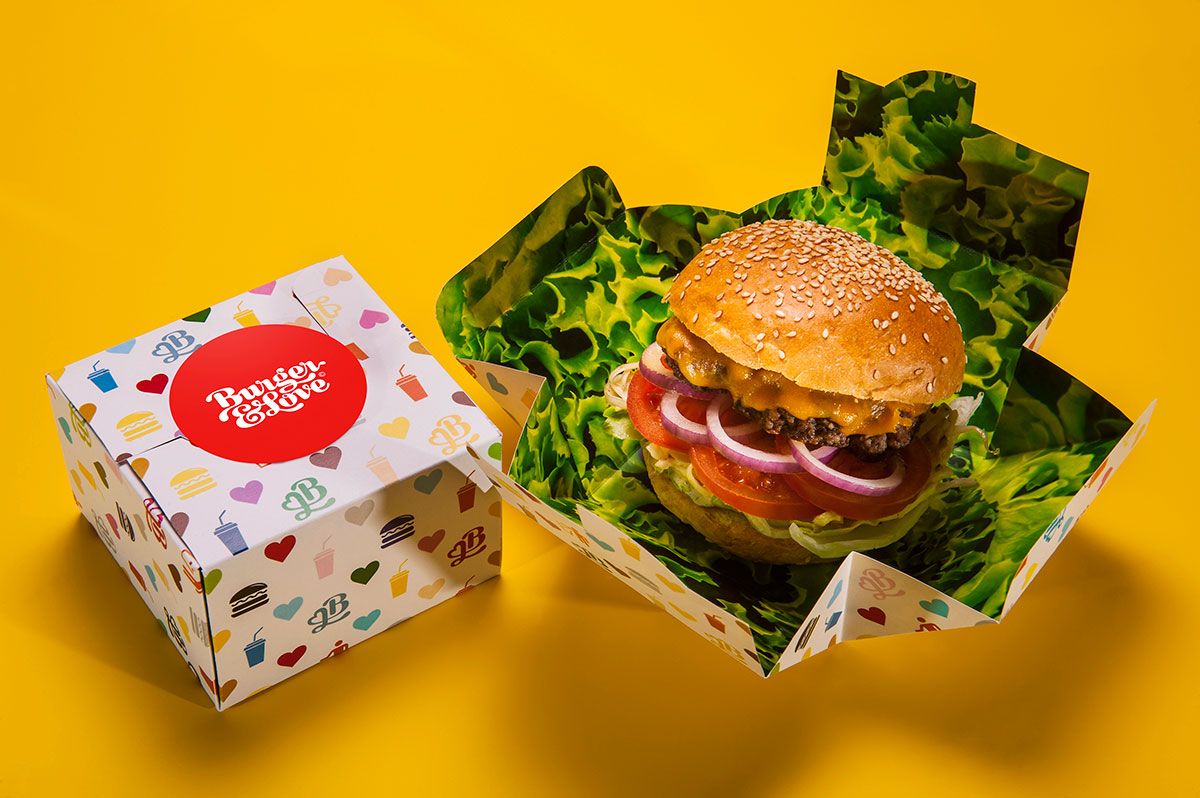When it comes to branding and customer experience in the fast-food industry, packaging can often be just as important as the food itself. Burger joints, in particular, rely on visually engaging, practical, and memorable packaging to make a lasting impression. A well-designed burger box not only protects the food but also plays a key role in brand recognition. This article explores creative design ideas for your next batch of custom burger boxes and how to use packaging as a strategic marketing tool.
The Role of Packaging in Brand Identity
First Impressions Count
The packaging is usually the first physical interaction a customer has with your brand. A creatively designed box can immediately convey your brand’s personality, whether it’s fun, eco-conscious, modern, or traditional.
Aligning Design with Brand Values
Make sure the design reflects your brand’s core values. If your restaurant emphasizes eco-friendliness, opt for sustainable materials and green-themed designs. If you specialize in gourmet burgers, a minimalist and sleek design may better match the brand’s premium image.
Eye-Catching Color Combinations
Bold and Bright
Bright colors can attract attention and make your packaging stand out in delivery photos or on social media. Consider vibrant reds, yellows, and oranges for a lively, fast-food feel.
Earth Tones for Organic Brands
If your burgers are made from organic or all-natural ingredients, earth tones such as greens, browns, and off-whites can reflect your brand’s natural focus.
Contrasting Accents
Combining two or three contrasting colors, like black and neon green or white and red, can create a high-impact design that’s visually appealing and memorable.
Typography That Speaks Volumes
Custom Fonts for Branding
Custom typography can make your burger boxes instantly recognizable. You could opt for bold and playful fonts for a youthful appeal or sleek, modern fonts for a high-end vibe.
Messaging on the Box
Add fun taglines, ingredients, or even humorous quotes to give customers something to read while they eat. It adds an element of interaction and makes the experience more engaging.
Incorporating Unique Shapes and Structures
Die-Cut Windows
Adding a small transparent window gives customers a sneak peek of what’s inside. It builds excitement and provides an opportunity to showcase your burger presentation.
Stackable Designs
Boxes that are easy to stack are not only practical for storage but also help during transportation. Think about designing boxes with interlocking tabs or flat tops.
Multi-Compartment Boxes
Consider adding separate sections for sides like fries or sauces. This enhances the overall dining experience and keeps the contents neat and organized.
Leveraging Artwork and Illustrations
Hand-Drawn Graphics
Incorporate original illustrations or hand-drawn doodles to give your custom burger boxes a personal touch. This can range from burger illustrations to playful patterns or cartoons.
Seasonal or Limited-Edition Themes
Introduce artwork that aligns with seasons, festivals, or promotions. A Halloween-themed box in October or a red-and-white Valentine’s Day edition can generate excitement and repeat business.
Adding QR Codes and Interactive Elements
Scan for Deals or Menus
Include QR codes that link to your online menu, loyalty programs, or current promotions. It’s a great way to bridge the physical and digital customer journey.
Augmented Reality Experiences
Some brands are taking things a step further with AR-enabled packaging. Scanning the box could show animations, brand stories, or even games, enhancing the user experience.
Prioritizing Sustainability and Material Choices
Recycled and Compostable Options
With the growing concern for environmental impact, many consumers are drawn to brands that use eco-conscious packaging. Materials like kraft paper and cardboard not only reduce waste but can also serve as a strong branding element.
Printed Sustainability Messages
Let your customers know that your packaging is recyclable or biodegradable. A simple icon or short message on the box can go a long way in reinforcing your brand’s commitment to the environment.
Texture and Finish for a Tactile Experience
Matte vs. Glossy
A matte finish can give your packaging a more modern, premium feel, while a glossy finish tends to be more vibrant and eye-catching. Choose one based on the personality you want to convey.
Embossed Logos
Adding texture through embossed logos or patterns can elevate the perceived value of your packaging. It adds a tactile experience that customers will notice.
Personalization and Custom Orders
Customer Names or Messages
Adding customer names or personalized messages can make the experience memorable for special orders or events. It’s especially effective for catering or delivery for special occasions.
Loyalty Messages
Use the space on your burger box to thank repeat customers or remind them of loyalty benefits. Small touches like this can improve customer retention.
FAQs
1. What material is best for custom burger boxes?
Cardboard and kraft paper are the most common choices due to their durability, printability, and eco-friendliness. These materials are also widely recyclable, appealing to environmentally conscious customers.
2. How can I make my burger boxes more sustainable?
Opt for recycled materials, water-based inks, and minimal packaging. You can also include messaging on the box to inform customers that the packaging is biodegradable or compostable.
3. Can I print different designs for the same batch of boxes?
Yes, with digital printing, you can print multiple designs within a single batch, allowing you to test different themes or create seasonal variations without high setup costs.
4. What is the ideal size for a custom burger box?
It depends on your burger size and additional contents. A standard single-burger box is around 5x5x3 inches, but you may need larger boxes for combo meals or multiple compartments.
5. How can QR codes enhance the customer experience?
QR codes can be used to provide access to online menus, feedback forms, promotional deals, or even augmented reality features, turning a simple box into an interactive brand tool.

